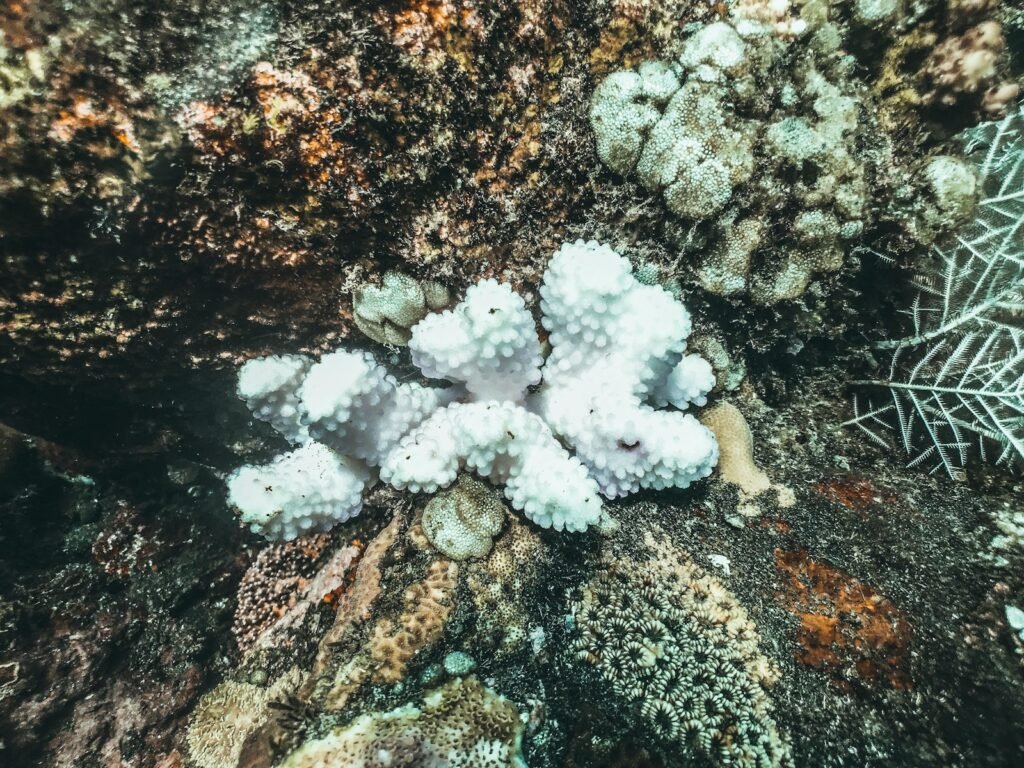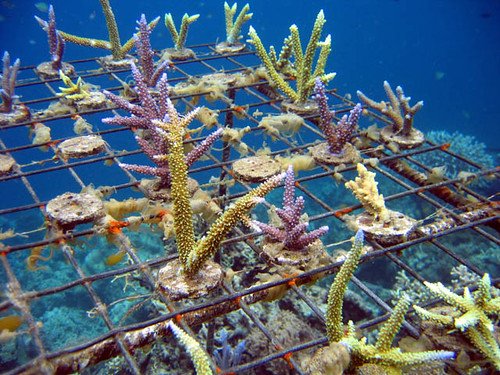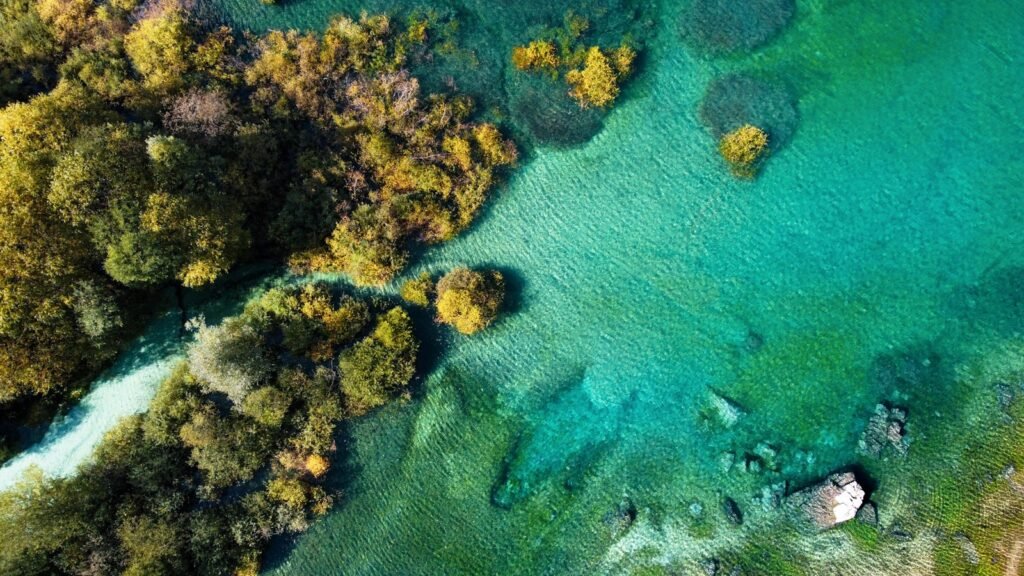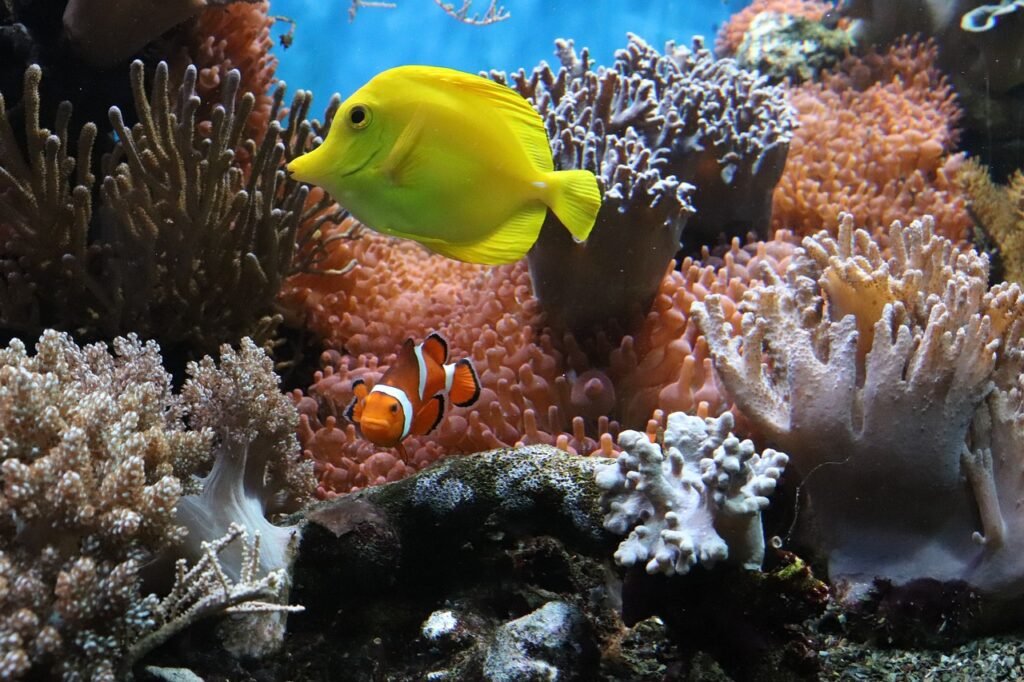Coral reefs are often dubbed the “rainforests of the sea” due to their high biodiversity and complex ecosystems. These underwater structures, primarily built from calcium carbonate secreted by corals, provide a vital habitat for a plethora of marine species. As vibrant and dynamic ecosystems, coral reefs are not just beautiful underwater landscapes; they are crucial to the health of the ocean and, by extension, the planet.
Formation of Coral Reefs

Coral reefs primarily form in shallow, warm waters where sunlight can penetrate, allowing photosynthesis to occur. Corals are marine invertebrates within the class Anthozoa of the phylum Cnidaria, which form colonies of individual polyps. Over time, these polyps secrete calcium carbonate to build the skeletal structure of the reef, which can grow over thousands of years into massive underwater formations.
Diversity within Coral Reefs

The biodiversity found within coral reefs is astonishing. They occupy less than 1% of the ocean floor, yet support an estimated 25% of all marine life. This includes a wide variety of fish, mollusks, crustaceans, and other marine organisms. Some of the common inhabitants are clownfish, sea turtles, sharks, and starfish, each playing a specific role in maintaining the health of the reef.
Roles of Coral Reefs in Marine Food Webs

Coral reefs are a crucial component of the marine food web, serving as both a habitat and a food source for numerous marine species. The intricate structures of the reefs provide shelter and breeding grounds for small fish, which in turn attract larger predatory species. This dynamic creates a balanced ecosystem where energy flows efficiently from one trophic level to the next.
Coral Reefs and Coastal Protection

One lesser-known but significant role of coral reefs is their function as natural barriers that protect coastlines from erosion, storm surges, and tsunamis. The complex and robust structures of coral reefs absorb wave energy, thereby mitigating the impact of tropical storms and helping to prevent loss of life and property along coastal areas.
Economic Importance of Coral Reefs

Coral reefs contribute significantly to the economy through tourism and fisheries. Reefs attract millions of tourists each year who engage in recreational activities such as snorkeling and diving. Additionally, they provide livelihood opportunities for local communities through fishing and aquaculture. The biodiversity of the reefs supports commercial fish populations, which are crucial for the global food market.
Threats to Coral Reefs

Despite their essential role in marine ecosystems, coral reefs face various threats. Climate change, particularly ocean warming and acidification, poses the greatest risk, leading to coral bleaching and loss of biodiversity. Overfishing, pollution, destructive fishing practices, and coastal development also contribute to reef degradation, endangering their existence and the species they support.
Conservation Efforts for Coral Reefs

Various conservation efforts are underway to protect and restore coral reefs worldwide. Marine protected areas (MPAs) have been established to limit human activities that damage reefs. In addition, there are ongoing scientific initiatives to restore damaged reefs through coral farming and transplantation. Global efforts to reduce carbon emissions are critical to mitigating climate change impacts on coral reefs.
Coral Reefs and Climate Regulation

Coral reefs play a part in broader climate regulation. They are involved in carbon cycling, whereby they sequester carbon dioxide during the formation of their calcium carbonate structure. Healthy reefs can contribute to the reduction of carbon levels in the ocean, playing a small but significant role in the global carbon cycle.
The Future of Coral Reefs

As the impacts of climate change continue to intensify, the future of coral reefs remains uncertain. However, with heightened awareness and ongoing conservation efforts, there is hope for their resilience and recovery. The efforts to reduce global carbon emissions and the advancement of reef restoration technologies will be critical factors that dictate the health of coral reefs in the coming decades.
Conclusion

Coral reefs are indispensable not just to marine environments but to the entire planet. Their ecological, economic, and protective roles underline the necessity of preserving and restoring these natural wonders. Only through comprehensive global and local efforts can we ensure that coral reefs continue to thrive, for the benefit of current and future generations.




